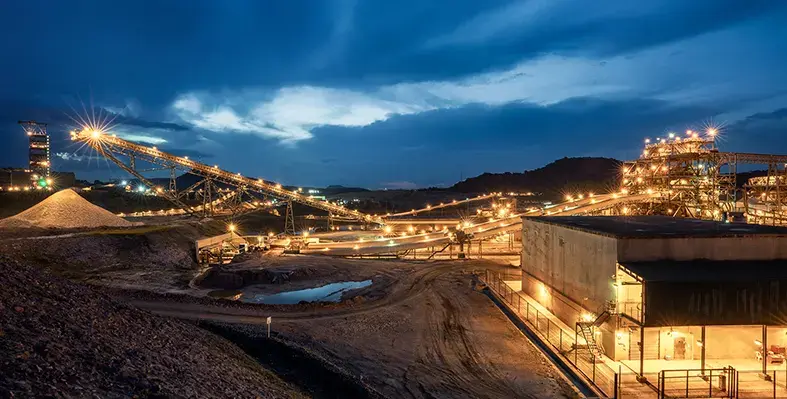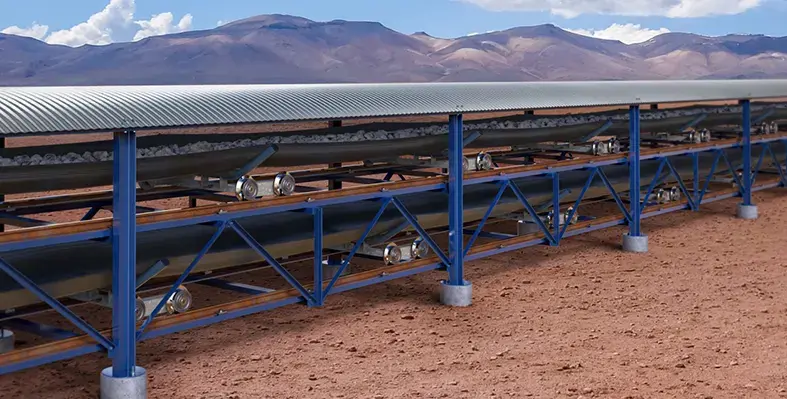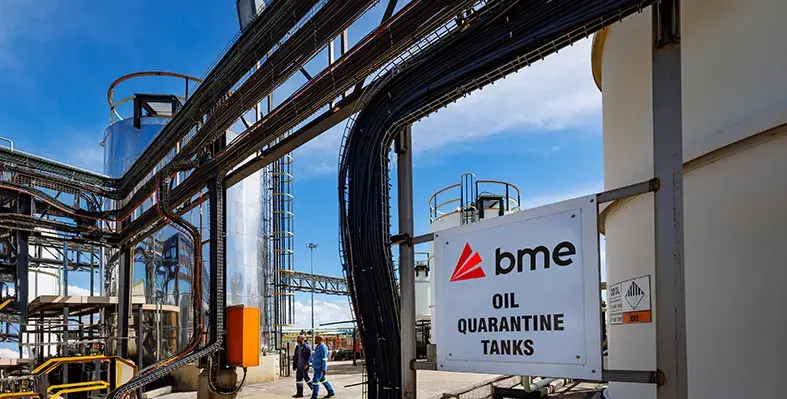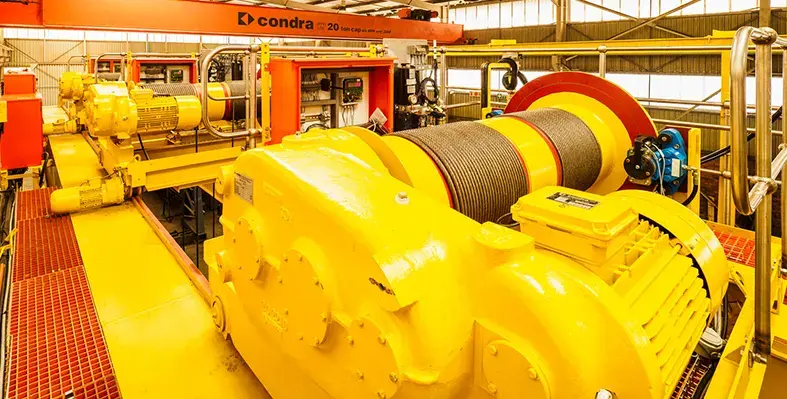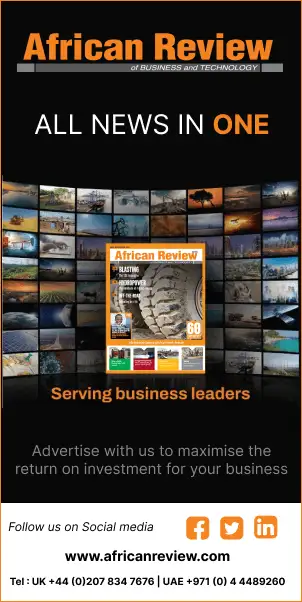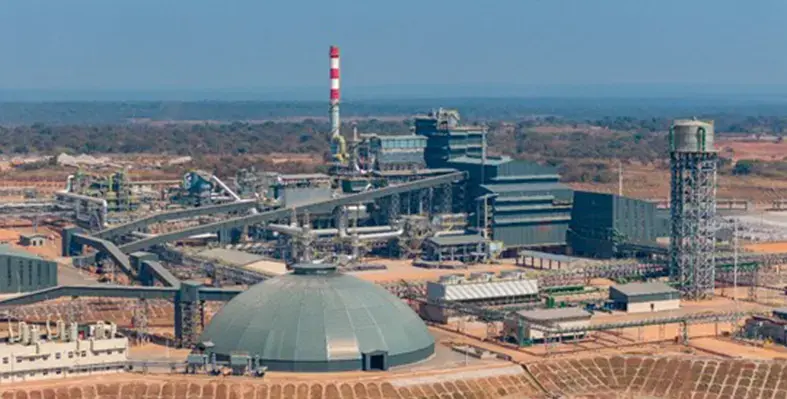
The heat-up of Kamoa-Kakula’s state-of-the-art, 500,000-tonne-per-annum direct-to-blister copper smelter is expected to start in September 2025. (Image source: Ivanhoe Mines)
Ivanhoe Mines has released its production results for the second quarter of 2025, along with updates on its operational and project activities
During Q2, the Kamoa-Kakula Phase 1, 2, and 3 concentrators processed 3.62 million tonnes of ore, resulting in 112,009 tonnes of copper output — an 11% increase compared to the same period last year.
The company confirmed that 'Stage One' dewatering measures have been operating according to plan since June 2, 2025. Water levels on the eastern side of the Kakula Mine have started to fall ahead of the 'Stage Two' dewatering phase, scheduled to begin next month. Five high-capacity submersible pumps, currently being assembled in China, are expected to be delivered to site soon.
Mining on the western side of the Kakula Mine resumed in early June. By mid-month, the mining rate reached 300,000 tonnes per month, with copper grades ranging between 3% and 4%.
Consequently, since mid-June, the Phase 1 and 2 concentrators have ramped up to a combined processing rate of 670,000 tonnes per month, equivalent to 8 million tonnes per year.
Ivanhoe also confirmed that underground development of a new mining area on the far eastern side of the Kakula Mine has commenced. Two new access drives are being developed from existing underground infrastructure.
Founder and co-chairman Robert Friedland praised the company’s teams and provided an in-depth outlook: “We commend the hard work and dedication of our management team, mining and engineering crews at Kamoa-Kakula, who continue to work tirelessly to turn around operations at Kakula.
“Operational recovery plans are well underway at Kamoa-Kakula following the decisive and proactive actions undertaken by management in response to the seismic activity first announced on May 20. Safety of our employees and contractors remains our top priority at Kamoa-Kakula and we are now systematically and judiciously increasing development activities to increase the supply of high-grade, fresh ore to the Phase 1 and Phase 2 concentrators from mining areas on the western side of the Kakula ore body. We expect to return to mining areas grading approximately 5% copper on the western side of Kakula towards the end of the year, which will drive a further improvement in operating results and efficiency.
“Meanwhile, we have commenced development towards a new high-grade mining area on the far eastern side of Kakula, which is expected to provide additional high-grade ore by Q2 2026. We also expect to transport excess ore from the Kamoa and Kansoko mines, which continue to outperform on all metrics, to further augment feed of fresh material to the Phase 1 and Phase 2 concentrators as soon as possible.
“Dewatering efforts of the Kakula Mine are proceeding to plan, which will provide us access to assess additional high-grade ore from the affected workings that can be safely mined to feed the Phase 1 and Phase 2 concentrators.
“We also commend our management team at Kipushi for a strong quarterly operating performance. Kipushi is now well on track as one of the world’s largest, highest-grade, and greenest major zinc mines. Lastly, but certainly not least, we are extremely excited for first production at Platreef later this year which will set the stage for a phased expansion that is set to position the operation as the world’s largest, and lowest-cost producer of platinum-group metals, nickel, copper, and gold. Given the current rally in platinum-group metals prices and the rising interest in these metals, we firmly believe Platreef is positioned to emerge at the right moment in the cycle to deliver exceptional returns for our shareholders.”
Also read: Ivanhoe Mines reports strong Q1 progress





